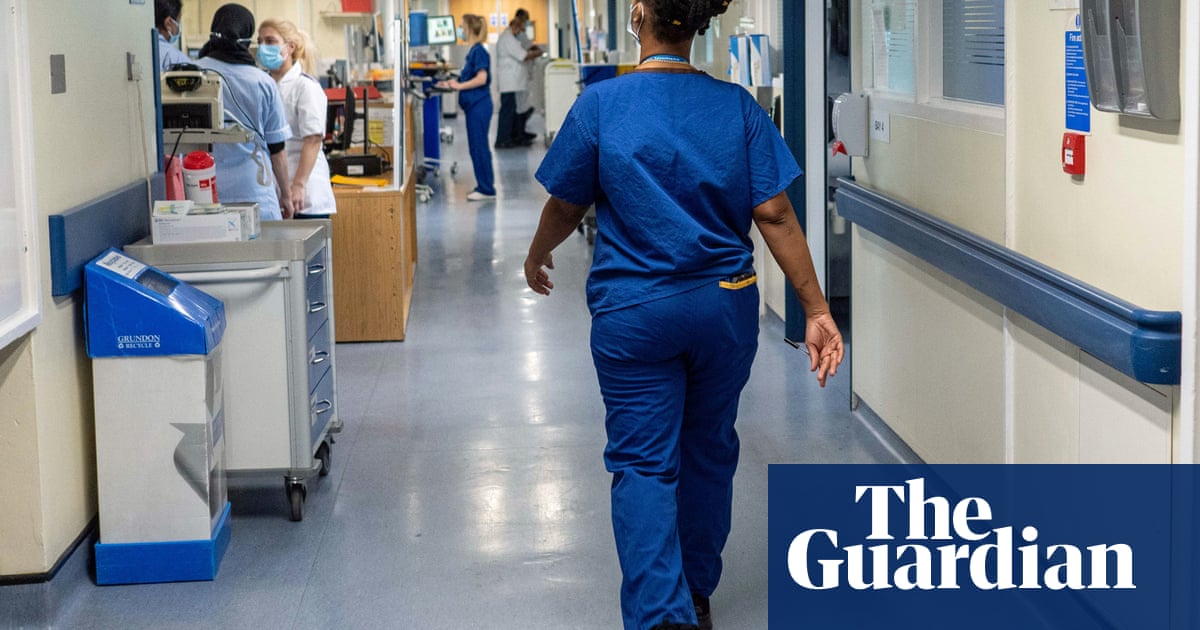A delay in improvingNHSmaternity care is costing the lives of hundreds of babies a year, analysis shows.
At least 2,500 fewer babies would have died since 2018 if hospitals had managed to reduce the number of of stillbirths and neonatal and maternal deaths inEngland, as the government falls behind on its commitment to halve the rate of those three events.
That is according to a joint report being published on Wednesday by the baby charities Tommy’s and Sands, which assesses NHS progress on meeting targets that were set in 2015.
“Hundreds of fewer babies a year would have died since 2018 if the government had met its ambition to halve the rates of stillbirths and neonatal deaths in England by 2025”, said Dr Robert Wilson, head of the Sands and Tommy’s joint policy unit.
The 2,500 deaths are “the equivalent of around 100 primary school classrooms”, Wilson added.
The stubbornly high rates of stillbirth and neonatal death, despite efforts to tackle them, show that ministers are doing too little to reduce the incidence of baby loss, Wilson claimed.
“The response from government and policymakers to the ongoing crisis in maternity and neonatal care and the scale of pregnancy and baby loss in the UK is simply not good enough.
“Too many people continue to suffer the heartbreak of losing a baby”, he said.
In 2015 Jeremy Hunt, the then health secretary, promised tohalve the number of stillbirthsand neonatal and maternal deaths that occurred in 2010 by 2030. These became known as the government’s maternity safety ambitions. The deadline for delivery was later brought forward to 2025, amid acute concern about the poor and sometimes unsafe care many women receive from NHS maternity services.
While the NHS has made significant progress since 2015, it looks likely to fail to deliver the much lower rates promised on time.
For example, there were 5.1 stillbirths for every 1,000 births in 2010. But in 2023, the most recent year for which figures are available, that had fallen to 3.9 – still well above the 2.6 target – according to Office for National Statistics data cited by Tommy’s and Sands.
That meant that about 565 more stillbirths occurred in 2023 than would have done if hospitals had succeeded in getting the rate down as promised, the charities said.
Similarly, there were two neonatal deaths per 1,000 births in 2010. But the rate was still 1.4 per 1,000 in 2023, again raising doubt that the target of one per 1,000 by 2025 would be achieved.
“Despite a decline in the rates of stillbirth and neonatal death since 2010, progress has stagnated more recently and is not on track to meet the ambitions”, the report says.
Clea Harmer, the chief executive of Sands, said: “These are not simply numbers; these are babies who are loved and will never be forgotten by their parents and families.”
The drive to reduce premature births is also failing, it adds. Although the targetis to reduce the number of pre-term births to 6% by this year, “there has been little progress to reduce the preterm birth rate, which has remained between 7.3% and 8.1% between 2010 and 2023”.
The charities want ministers to bring in new targets, of two stillbirths and 0.5 neonatal deaths per 1,000 births by 2035, and ensure hospitals properly implement changes recommended in reports into lapses in maternity care.
The Department ofHealthand Social Care has been approached for comment.
